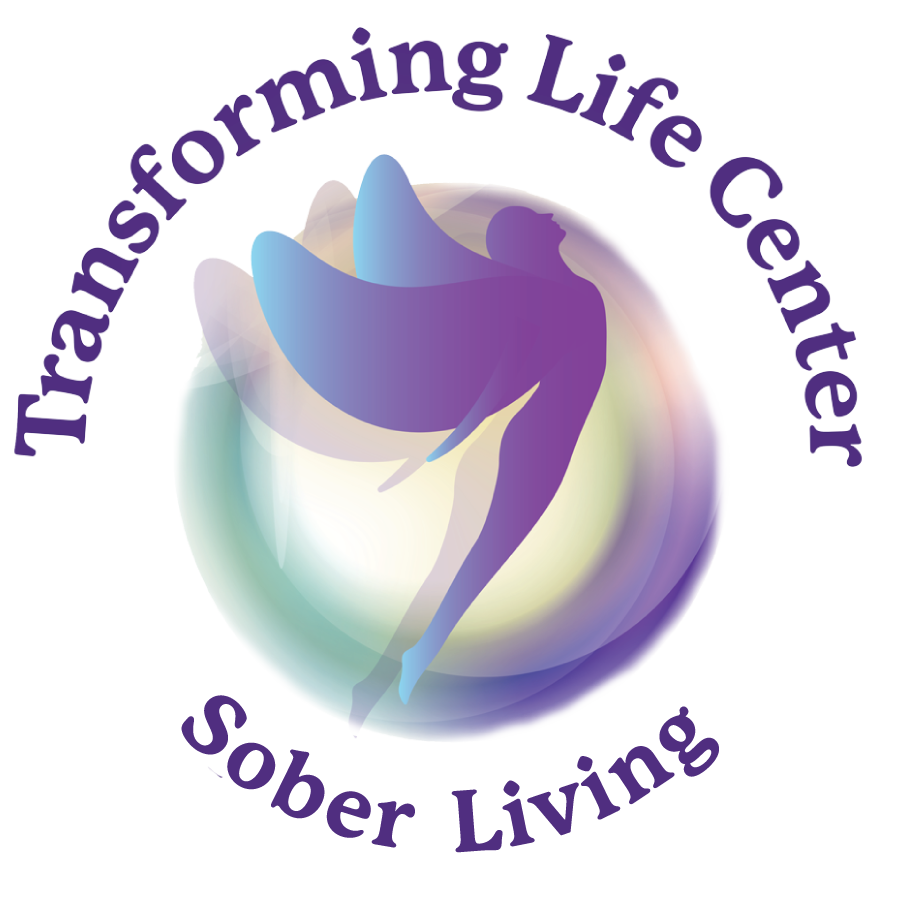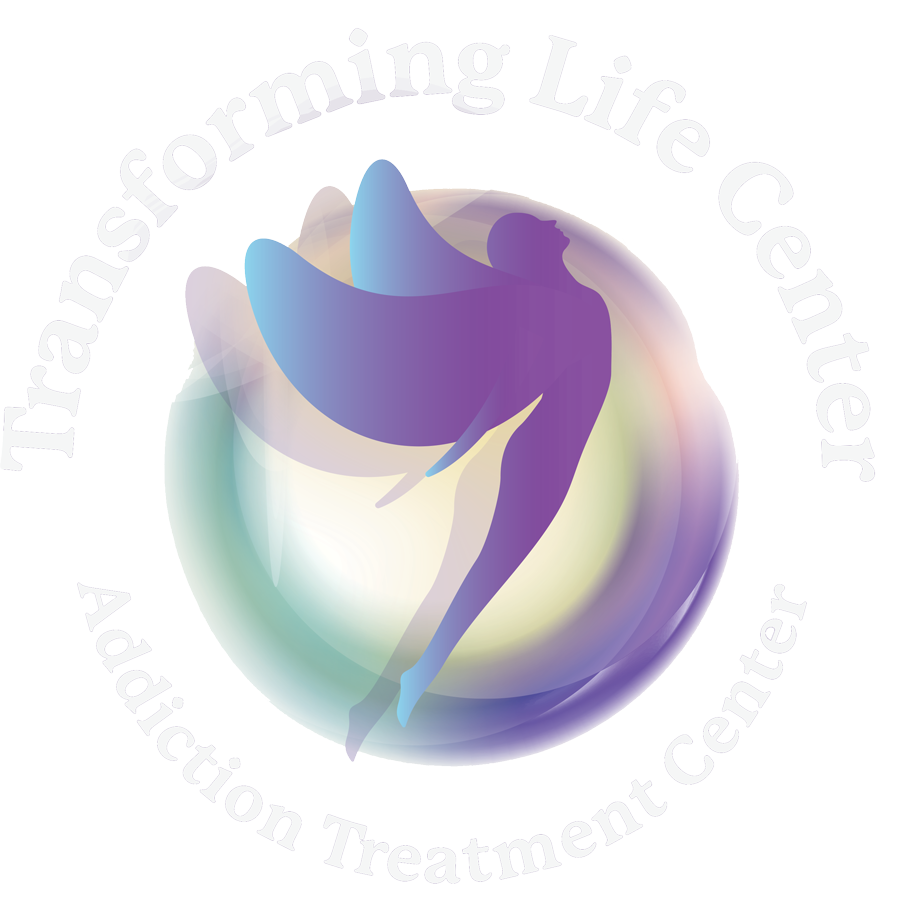The most important moment of inpatient treatment addiction is the first hour after discharge. Where the patient goes next often determines whether or not the gains made in inpatient treatment will be retained or lost. Some patients feel so improved after completing treatment that they go straight home – with no aftercare in place. Often, they do as poorly as you would expect any other patient would do if discharged from intensive care treatment to an unstructured, unsupported setting. In all areas of medicine, it is not good practice to discharge patients from the Intensive Care Unit to the street. Addicted patients need, and deserve, the same kind of post-hospitalization clinical support that all other patients receive. State Licensing Boards have long understood that doctors, dentists, pharmacists, pilots and lawyers treated for addiction need to engage in aftercare if they are to respond rapidly to relapse, strengthen stress coping skills, and solidify a sober lifestyle so they can return to work safely. An Extended Care Model of treatment provides increasing levels of independence and responsibility in the first eighteen to twenty-four months of sobriety while retaining the margin of safety that clinical supervision provides. The Extended Care Model has proven to be the best way to maximize the patient’s chances of achieving long-term sobriety. The first year of recovery is all about risk management. Therefore, it is a probability game. Each one of the following ten features of professional aftercare programs ensures a high probability of maintaining sobriety for one year (the numbers are not empirically based, but let’s say around 90%, or p = 0.90). Removing one or more of the features from the aftercare plan degrades the probability of successfully completing a year of sobriety (p = 0.90 – x). For example, the patient who decides not to go to a sober living environment subtracts about 0.20 from the original 0.90, so now the probability is only 70%. It is not that they cannot still successfully achieve a full year of sobriety; it is just less probable now. It is possible to strengthen the other features of this formula and regain the probability of 0.90, but with each feature dropped that becomes harder and harder. The patient who performs all of the ten features below will be sober at the end of one year – or will have significantly improved their chances for sobriety. The insistence of impaired professional programs on supervised extended care is the reason that professionals enjoy phenomenally high success rates (upwards of 90%). There is no reason why these success rates cannot be transferred to all patients leaving inpatient treatment. The secret is to integrate the unique features of these impaired professional programs into every patient’s aftercare plan. Ten features that make impaired professional programs successful:
1. Inpatient treatment. This should last at least four weeks. Full medical examination and treatment, including appropriate medical detoxification and a baseline psychiatric evaluation, should take place during this phase. This is an opportunity to build a good foundation for all care to come. If inpatient treatment is performed quickly, comprehensively and correctly the first time the probability of needing to repeat inpatient treatment at a later date drops substantially. Kevin T. McCauley, M.D.
2. IMMEDIATE aftercare treatment following inpatient treatment. One of the biggest tasks of inpatient treatment is arranging an aftercare program prior to discharge. No patient should leave treatment without a twelve-step meeting planned for the day of discharge, a follow-up appointment made with an addictionologist (or, if unavailable, the patient’s regular physician), and an outpatient program selected with a treatment spot reserved. Aftercare includes outpatient group sessions that last three to five hours and meet three to five times a week in addition to twelve-step meetings. During aftercare treatment, sobriety skills are practiced and strengthened, and the patient forms a Sobriety Support Group (SSG). This kind of aftercare does not need to be expensive – with some effort it is even possible to find programs that cost nothing. Aftercare allows the patient to capitalize on the gains made in inpatient treatment. I consider inpatient treatment without aftercare to be worthless.
3. Sober Living Environment. If the patient really wants to maximize their chances of achieving one year of sobriety, I recommend that they transition to a sober living house for at least one month after inpatient treatment. No patient wants to hear this, and I can understand why. But a Sober Living Environment (SLE) makes it much easier to practice new sobriety skills without distraction, and SLE’s provide an excellent margin of safety in the event of relapse. Staying at a SLE for the first month(s) after inpatient treatment will take a great deal of pressure off of the patient’s family (they won’t have to watch the patient to make sure they’re not drinking) while still affording them the opportunity to see the patient during times away from the SLE. An SLE might take the family’s pressure off the patient as well. SLE’s range from cheap and unstructured to expensive and clinically comprehensive. It is not necessary to spend a lot of money for an SLE and some run as low as a few hundred dollars a month, but SLE’s vary tremendously in quality – so the patient can only select a good SLE by actually visiting the house. You will know if it is right for you the minute you walk in the door. The best SLE’s include urine testing to identify relapse. If the patient enters an SLE and finds that another person in the house is using drugs, the patient should inform the staff immediately. If the staff does not deal with the matter promptly, then the patient should transfer to another SLE immediately – relapse is contagious. Good SLE’s are adroit at handling these problems, and provide a safe atmosphere. SLE’s are especially helpful to women in early sobriety.
4. Ninety twelve-step meetings in the first ninety days following inpatient discharge. Also known as “ninety-in-ninety,” these meetings are crucial in forming the addicted patient’s non-professional Sober Support Group (SSG) – the group of recovering addicts, including the patient’s A.A./N.A. sponsor, which the addicted patient uses to help manage their sobriety. The SSG will help the addicted patient to reality test, to practice managing stress, to help other addicts, to work a twelve-step program, and to get the patient in the habit of asking others for help with life’s vicissitudes rather than using drugs. After a ninety-in-ninety, it is very difficult for the patient to not have met enough recovering people to have the beginnings of a good SSG.
5. A Relapse Plan. The most important thing I can say about relapse is, “Do not panic.” Relapse is not the end of the world – it is a common feature of early sobriety and it is important to have realistic expectations about it. Relapse does not mean the addicted Kevin T. McCauley, M.D. patient is back at the starting point, it does not mean the addict is not motivated to get sober, and it does not mean that inpatient treatment was a failure and a waste of time and money. I make it easier on myself by expecting relapse in every patient. This forces me to help each patient plan for relapse. Every patient should have a relapse plan in place prior to discharge from inpatient treatment. If relapse occurs, the patient can go immediately to their relapse plan and do exactly as it says with no deviation whatever that might be: back to inpatient treatment, back to ninety twelve-step meetings in ninety days, or at least quick follow-up with an addictionologist. If relapse does not happen, then I get to enjoy the luxury of being wrong. Remember: the person who relapses and then goes to a meeting, or calls their sponsor, or comes back to treatment has a functioning program of sobriety. Eventually, these relapses will become less frequent as the addict learns what they need to do to prevent them. No addict suddenly stops using. I never see that, and if I do see it, I question the diagnosis of addiction in the first place. Recovery is a process in which drug use gradually comes to an end – provided the patient “keeps coming back.”
6. Testing. Also known as “Monitoring,” this goes along with feature five, a relapse plan. I cannot stress how crucial this is. It is probably the key reason impaired professional programs work. This is not a patient vs. doctor situation: testing is not done to catch the addicted patient should they relapse. The doctor who takes a “Gotcha!” attitude does not belong in this field. Testing is a means to support the patient’s clinical needs promptly in the event that relapse occurs – which, as I said, I expect in every case. I am somewhat extreme in my recommendations for a testing schedule: every three days for the first year. This allows immediate detection of a relapse. The doctor can then get the patient to a higher level of care and abort a full-blown return to drug use. Random testing is less satisfactory because it gives the addict just enough rope to hang themselves – a rigid schedule of testing eliminates any guessing by addict. If the patient knows this policy beforehand – and knows that if they use they will be supported and not punished – then much of the patient’s need for dishonesty disappears. It is true, this rate of testing can be expensive: I calculate the (maximum) cost at about four thousand dollars a year. Trust me – the patient will recoup that expenditure in the long run by avoiding re-admission for another full round of inpatient treatment. If the patient had any other disease (say, cancer) it would be in bad taste to argue over four thousand dollars if it might possibly save the patient’s life. When the addict has one hundred continuous negative tests on the books they have a documented, unchallengeable year of sobriety. This is an achievement of great motivational value.
7. Return to Duty. Most people take responsibility to the extent that they know how. The best way to help addicted patients take responsibility for managing their disease is to show them how by treating them as thinking, capable adults. Treating addicted patients like infirm infants is not only unwarranted, it’s dangerous – they buy into it quickly, adopt the sick role, and use it to continue their drug use. To prevent the addicted patient from seeking refuge in the sick role, it is important to restore meaning and purpose to their life. We do this by playing to their strengths, not their weaknesses. Many addicts find personal meaning in their work, in school, by raising their children, in practicing sports or hobbies, or by being active in their church. Whatever the activity, it is possible to jar loose the meaning that the drug has for the addicted patient by injecting other forms Kevin T. McCauley, M.D. of meaning into their life. This is better achieved by adopting the clinical goal of returning the patient to full functioning – incrementally and safely, but as quickly as possible. Treatment should not strip the patient of responsibility, but rather do the opposite: put them back to work, give them back their child, get them back to school. By taking a few precautions to ensure safety (see Testing), the addict can return to work or parental duties, keep busy, restore self-esteem and self-efficacy, find meaning in sobriety, and move past their drug use. As we said with pilots: “Keep them flying.” The same should be true for patients in addiction treatment.
8. Regular visits to an addictionologist. A patient discharged from a hospital after a heart attack would not leave without a follow-up appointment with a cardiologist. The same should be true for addicted patients: the patient should pick an addiction specialist and see him/her regularly. An addictionologist is a physician (usually a psychiatrist or internist) who has extra training in managing addiction – specifically about meeting the special needs of addicts to protect their sobriety. These doctors are certified by the American Society of Addiction Medicine and have the letters FASAM (Fellow of the American Society of Addiction Medicine) following their M.D. Regular follow-up visits with an addictionologist are important to give the patient a reliable source of information about addiction, continued advice about living sober, and on-going clinical care as issues arise in the first years of abstinence. You can find a state-by-state listing of addictionologists at www.asam.org or www.csam-asam.org.
9. Medication. Pharmacological agents will never be able to replace twelve-step work, but they can make the first years of recovery more comfortable. This makes it far more likely that the patient will stick with A.A. or N.A. People get sober all the time without medications – but if a patient is doing everything they can in A.A. and is still experiencing depression, anxiety, mood swings, craving, or other problems severe enough to cause repeated relapse, I would want that patient to have the option of turning to these (non-addicting) medications for symptomatic relief. There is no need to suffer, and once the patient has solidified their twelve-step program they can always reevaluate their long-term need for these medications. Quite often, recovering patients discontinue their medication (with the help and approval of their doctor) to find that the benefit of the medication has been replicated in their program.
10. Fun. When a patient suffers a stroke and loses the ability to speak or move, their doctor sends them to a speech therapist or a physical therapist because rehabilitation can bring that function back. This is no less true for addicted patients – only the functional problem in this case is an inability to correctly perceive pleasure. Addiction treatment should include pleasure rehab – learning to derive normal pleasure from normal, fun things again. This cannot be achieved by humiliating addicted patients with punitive treatment (this is a shame and pain-based disease – bringing more shame and pain to the situation will not help). This is one reason the punitive treatment style is not used for impaired professionals – it just does not work. Effective treatment should shotgun the addict with fun – exposing them to many different pleasurable activities so they can they can again learn to recognize the pleasure in normal, fun things. Practicing fun – taking the patient to Disneyland, sending them sailing or flying, or finding them a sport or hobby Kevin T. McCauley, M.D. that they enjoy – will return their pleasure system to full functioning in much the same manner that physical rehabilitation returns speech and movement in stroke patients. Remember: just like pilots, dentists and doctors, if you can create a comprehensive enough program of recovery, you will be just fine.
Please do not hesitate to call me if you have any questions. Good luck!
By Kevin T. McCauley, M.D.



